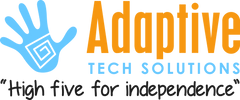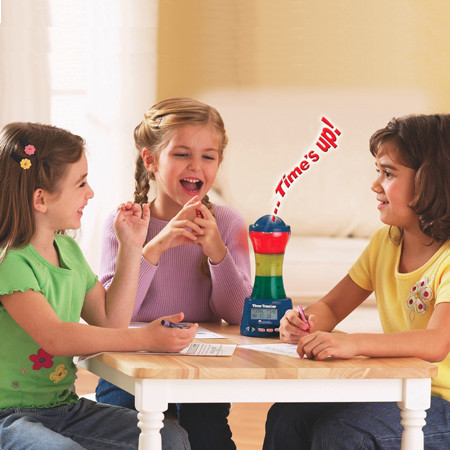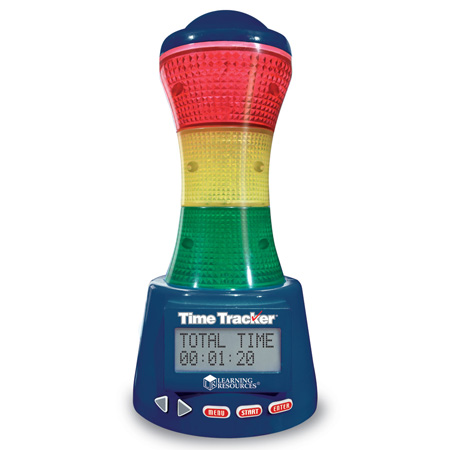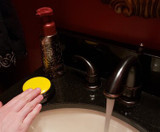Assistive Technology for Autism Spectrum Disorders
Individuals with Autism Spectrum Disorders (ASD) can benefit from the use of Assistive Technology (AT). Through the use of AT, the user can become less dependent on caregivers for prompts. This fosters greater independence and success.
Visual Schedules
|
Although "paper" schedules are beneficial, many individuals will perform
better when there is also a paired voice prompt. Use simple communication |
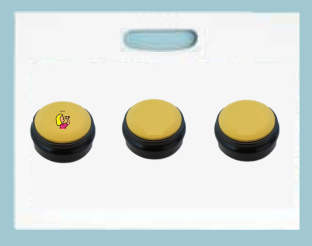
|
Sample "talking" visual schedule (place pictures on buttons and record a message on each button):
Morning arrival: "I will put my lunchbox in my cubby."
Morning free time: "I will play with blocks."
Morning activity: "I will set on the red carpet for reading time."
Center Based Tasks
Use communication buttons to record the directions for each center's activity. If the task is a simple one, you could record the instructions on one button. If the task is more complicated (multi-step) considering recording each step of the directions on a Little Step-by-Step. Each time the button is pressed, the next step will be spoken out loud for the user. Or a series of individual communication buttons could be used. Use Time Trackers at each center to provide visual cues for time remaining.
Melt Down Redirection
| Individuals with ASD often find it difficult to transition from one activity to another. Using visual schedules is helpful in these transitions. But a visual cue before a task is coming to an end allows these individuals time to "gear up" for a change. Using a visual timer such as a Time Tracker gives individuals with ASD cues about how much time is remaining for a task and when time is coming to an end for an activity. This makes for a smoother transition. |
|
Sometimes people just need a break. Use a communication button with a message like "I need a break". Then set your visual timer to allow for a short break.
Use communication buttons that show various ways to chill out. Let the individual pick the calming activity.
"I can play with my squishy ball."
"I can hide under my weighted blanket."
"I can listen to music."
Record music clips on several Talk About! buttons and mount them in the "chill out" area. Put pictures that represent the type of music on the button. Then the user can choose what to listen to. Free music downloads for educators can be found at sites such as https://www.freemusicpublicdomain.com/royalty-free-music-for-education-colleges-and-universities/.
Self-Regulation
Individuals with ASD often need reminders throughout the day in order to stay calm and directed. Record a message with calming techniques on communication buttons that the individual can listen to throughout the day.
"Breathe in... (pause)... breathe out."
"Count to 4. 1...2...3...4."
"I can take a break at 3 o'clock."
Recent Posts
-
Encouraging Unilateral Weight-Bearing Exercises with a Switch-Adapted Toy: Ideas for Physical Therapy and Home Treatment Carryover
When working with young children who have limited understanding of cause and effect, finding ways to …Feb 10, 2025 -
Promote good hand hygiene using Assistive Technology!
As parents, teachers, and therapists, we all encourage the children we work with to practice good ha …Feb 17, 2021 -
Computer Adaptations for People with Parkinson’s Disease
According to the National Parkinson’s Foundation, Parkinson’s Is second only to Alzheime …Jun 22, 2020

